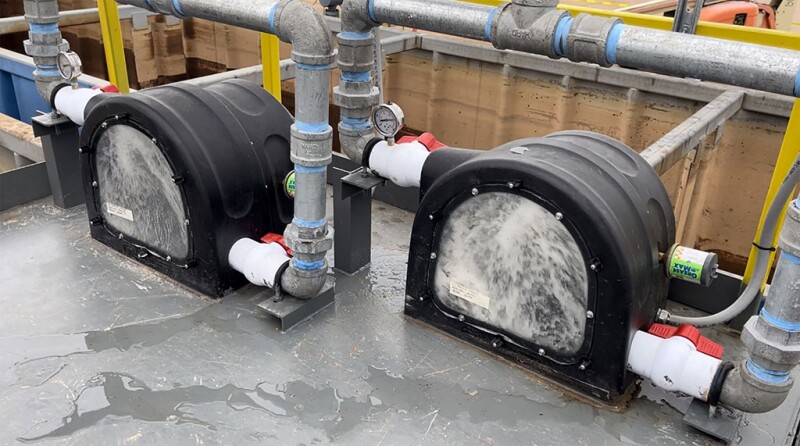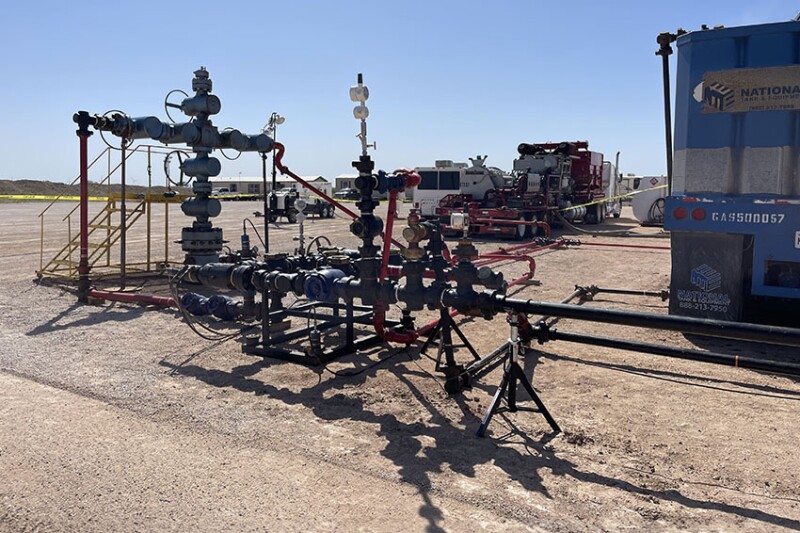Drill a well. Induce a fracture. Pump water. Start flowback.
This sounds like the steps used to bring to life tens of thousands of tight-oil and gas wells over the past quarter century.
But what it really describes is the emerging approach that a pair of Houston-based companies are using to turn rock formations into giant batteries.
Differences aside, the respective processes developed by Quidnet Energy and Sage Geosystems involve hydraulically fracturing vertical wells, injecting water into fractures, and flowing that water back to surface under high pressure to drive a small industrial turbine.
Founded in 2013, Quidnet was the first to try to commercialize this concept which represents a new twist on a very old technology known as pumped storage hydropower.

Introduced in the 1890s, the technique works chiefly by sending water uphill—e.g., a mountain or a fjord—to create a gravity-assisted energy system.


